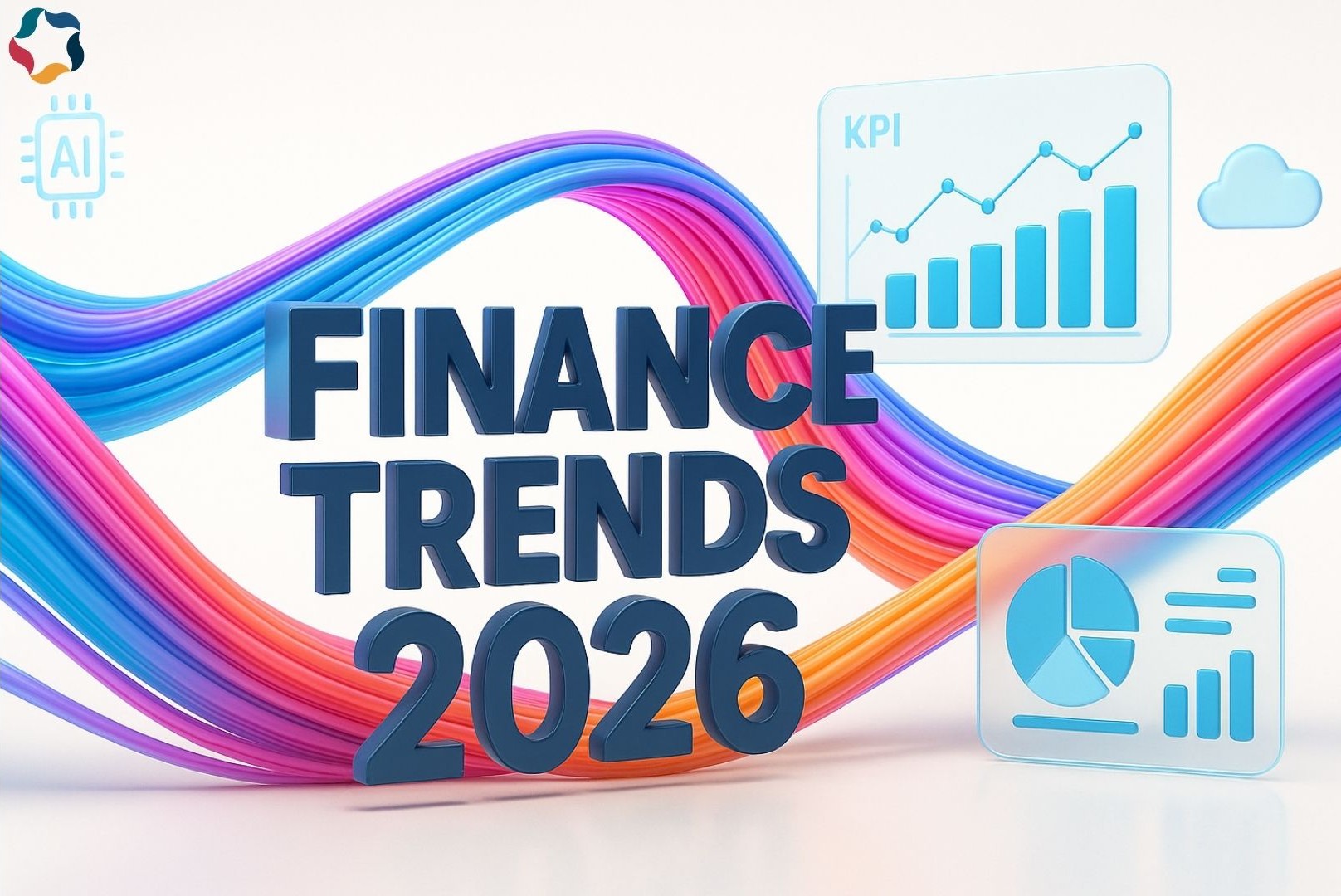
Table of Contents
AI has shifted from experimental to essential. Today, it’s deeply embedded in how industries operate enhancing productivity, enabling innovation, and transforming customer experiences. Below, we dive into 10 real-world AI use cases, each with a detailed example of how AI is making an impact.
1. Healthcare: AI for Early Diagnosis and Personalized Treatment
Use Case: Medical Imaging and Diagnostic Support
AI is helping doctors detect diseases early by analyzing imaging data faster and more accurately than traditional methods.
Detailed Example: IBM Watson for Oncology
• What It Does: IBM Watson uses natural language processing and machine learning to analyze a patient’s medical history, lab reports, and clinical trial data.
• How It Works: Watson compares the data against millions of medical journals, treatment plans, and case studies to recommend treatment options for cancer patients.
• Impact: In hospitals like Manipal Hospitals (India), Watson has assisted in choosing evidence-based cancer treatments, reducing diagnostic time from days to minutes and improving accuracy by cross-verifying with vast datasets.
This is one of the most powerful AI use cases in healthcare, where time-sensitive insights can save lives.
2. Finance: Real-Time Fraud Detection
Use Case: Transaction Monitoring with AI
Banks and financial institutions use AI to detect fraudulent activity by monitoring transaction patterns in real-time.
Detailed Example: Mastercard’s Decision Intelligence
• What It Does: Mastercard’s AI engine assigns a real-time risk score to every transaction based on user behavior, location, device, and past patterns.
• How It Works: It uses machine learning to identify anomalies for example, if someone suddenly makes a large international purchase when their historical data shows only domestic transactions.
• Impact: Reduced false declines (legitimate transactions wrongly flagged) by up to 50% and enhanced fraud detection with minimal customer disruption.
AI use cases like this are transforming risk management in banking and fintech.
3. Retail: Personalized Product Recommendations
Use Case: Predictive Consumer Behavior
Retailers use AI to analyze customer behavior and deliver personalized product recommendations.
Detailed Example: Amazon’s Recommendation System
• What It Does: Uses collaborative filtering, deep learning, and data mining to understand what users are likely to purchase next.
• How It Works: When you browse or buy something, Amazon’s AI instantly compares your behavior with millions of other users to suggest relevant products all within milliseconds.
• Impact: Contributes to 35% of Amazon’s total revenue, enhancing customer engagement and boosting conversion rates significantly.
Among AI use cases in retail, recommendation engines stand out as top revenue drivers.
4. Manufacturing: Predictive Maintenance
Use Case: Monitoring Equipment Health to Prevent Downtime
AI monitors machinery for signs of wear and predicts when maintenance is needed, before failure occurs.
Detailed Example: Siemens and MindSphere
• What It Does: MindSphere is Siemens’ industrial IoT platform that uses AI to analyze sensor data from manufacturing equipment.
• How It Works: It collects vibration, temperature, and output data, and applies predictive algorithms to detect when a part is likely to fail.
• Impact: Reduced unscheduled downtimes by up to 50% for Siemens clients, saving millions in maintenance costs and avoiding operational disruptions.
Such AI use cases help manufacturers maximize uptime and reduce operational risk.
5. Logistics & Transportation: Route Optimization
Use Case: AI-Based Delivery Planning
AI helps logistics companies plan the most efficient routes, saving time and fuel.
Detailed Example: UPS and the ORION System
• What It Does: On-Road Integrated Optimization and Navigation (ORION) is UPS’s AI-powered route optimization platform.
• How It Works: ORION uses historical delivery data, weather, traffic, and package volume to calculate optimal delivery routes for drivers.
• Impact: Helped UPS save 100 million miles driven annually, saving an estimated 10 million gallons of fuel and reducing CO₂ emissions by 100,000 metric tons per year.
This is one of the most high-impact AI use cases in supply chain and transportation.
6. Education: Adaptive Learning Platforms
Use Case: AI for Personalized Learning Paths
Education technology companies are using AI to customize learning experiences based on student performance and learning styles.
Detailed Example: Carnegie Learning’s MATHia Platform
• What It Does: MATHia is an intelligent tutoring software that delivers personalized math instruction for high school students.
• How It Works: It tracks each student’s answers, response time, and strategy. Based on this, it adjusts the difficulty, pacing, and support in real time.
• Impact: Schools using MATHia have reported 2–3x learning gains compared to traditional methods, especially among struggling students.
These AI use cases empower educators to reach every student more effectively.
7. Real Estate: Automated Valuation and Property Matching
Use Case: Dynamic Property Pricing & Search Optimization
Real estate companies use AI to provide instant property evaluations and personalized search results.
Detailed Example: Zillow’s Zestimate Tool
• What It Does: Zestimate uses AI to estimate home values using public data, property details, and comparative market analysis.
• How It Works: Machine learning algorithms analyze 3D imagery, market trends, recent sales, and user-submitted updates to provide real-time property valuations.
• Impact: Covers over 100 million properties and has become a trusted first-step valuation for both buyers and sellers, influencing pricing decisions at scale.
Real estate is quickly evolving thanks to AI use cases like predictive pricing.
8. Agriculture: Smart Farming and Yield Prediction
Use Case: AI in Crop Health Monitoring and Precision Irrigation
Farmers are using AI to optimize how they water, fertilize, and treat their crops.
Detailed Example: John Deere’s See & Spray Technology
• What It Does: Uses AI-driven computer vision to identify weeds and spray herbicide precisely where needed.
• How It Works: Cameras on tractors scan every inch of the field. AI distinguishes between crop and weed, ensuring herbicide is used only where necessary.
• Impact: Reduced herbicide use by up to 90%, lowered input costs for farmers, and improved environmental sustainability.
These sustainable AI use cases are revolutionizing agriculture and food systems.
9. Human Resources: Streamlined Hiring and Bias Reduction
Use Case: Resume Screening and Video Interview Analysis
AI is used to analyze resumes and assess candidates through AI-interpreted interviews.
Detailed Example: HireVue’s AI Interview Platform
• What It Does: HireVue uses AI to assess candidates’ facial expressions, tone of voice, and word choice during recorded interviews.
• How It Works: Machine learning models are trained on data from successful hires. The AI scores candidates based on communication style, confidence, and cognitive ability.
• Impact: Companies like Unilever report cutting screening time by 75% and significantly improving diversity by removing unconscious bias from initial evaluations.
HR departments benefit significantly from AI use cases that accelerate and humanize recruiting.
10. Customer Support: AI-Powered Chatbots
Use Case: 24/7 Automated Customer Assistance
Chatbots use natural language processing to handle customer queries and support requests.
Detailed Example: Bank of America’s Virtual Assistant – Erica
• What It Does: Erica helps users check balances, pay bills, transfer funds, and get financial advice all via voice or text.
• How It Works: Built on machine learning and NLP, Erica understands intent, pulls data from the user’s account, and executes commands securely.
• Impact: As of 2023, Erica had handled over 1 billion interactions, reducing wait times and freeing up human agents for complex issues.
One of the most visible AI use cases, conversational AI is redefining how brands interact with customers.
Conclusion: AI Is Already Here And It’s Powerful
The examples above are just the beginning. AI is not a future concept, it’s happening now, across every major sector. Businesses that adopt it thoughtfully and strategically are reaping significant benefits, from lower costs to better customer satisfaction.


Kalpesh Patel
CEO
Mr. Kalpesh Patel, Founder & CEO of Solution Analysts Pvt. Ltd. With 22+ years of experience, he is known as a visionary tech leader and passionate coder. Over the past 14 years, he has led the company in delivering innovative business software and IoT solutions globally. He has mentored 500+ professionals, guided multiple startups to successful exits, and continues to drive digital transformation across industries.










 sales@solutionanalysts.com
sales@solutionanalysts.com solution.analysts
solution.analysts






